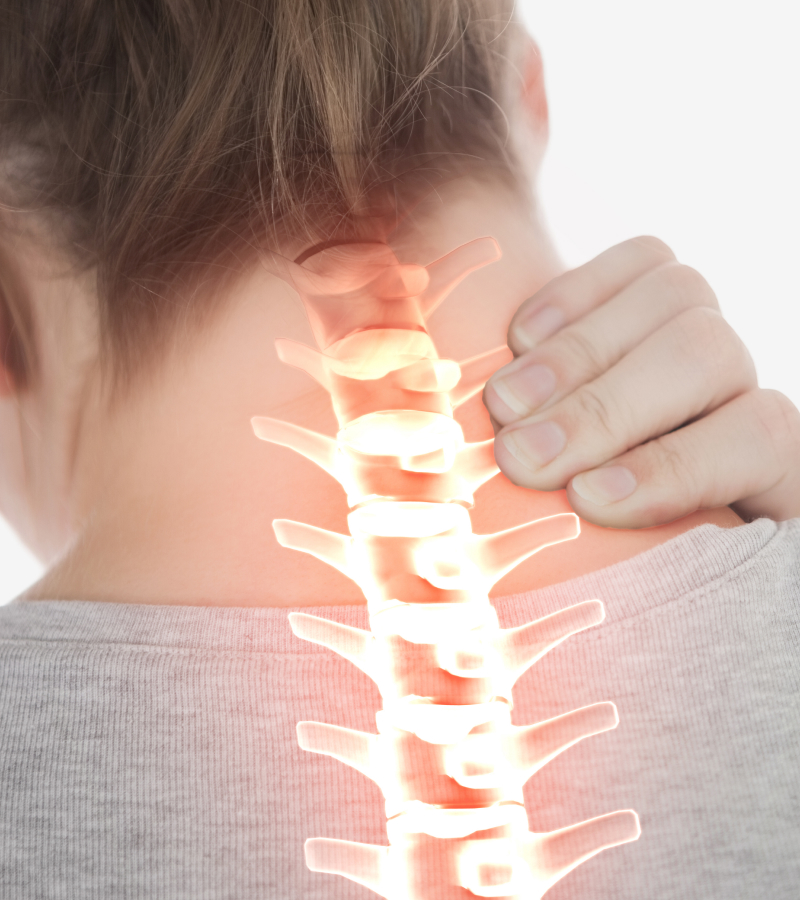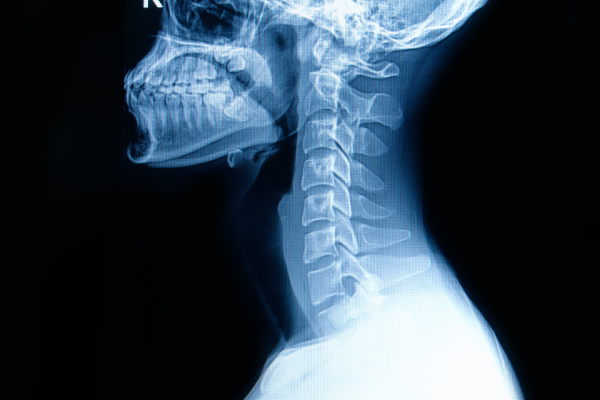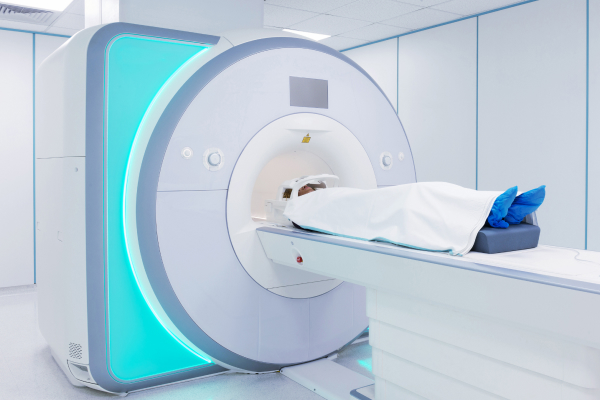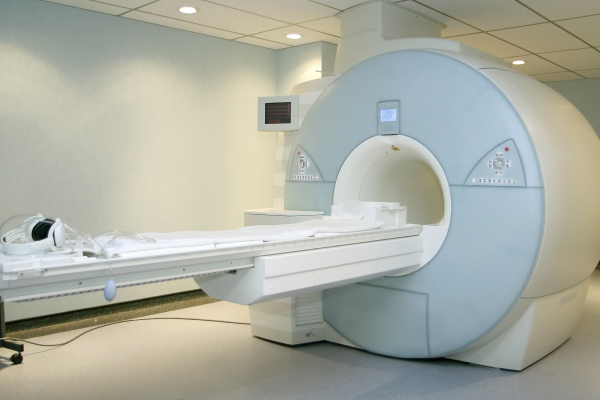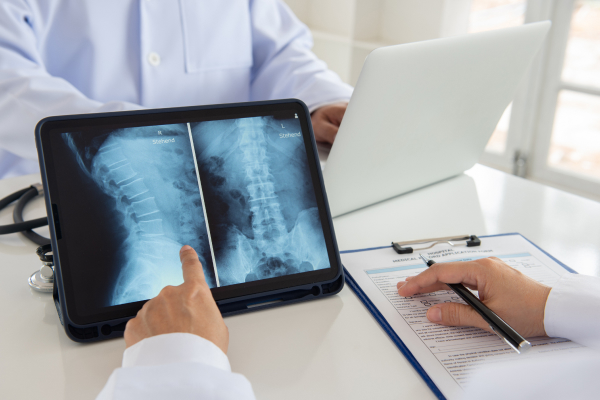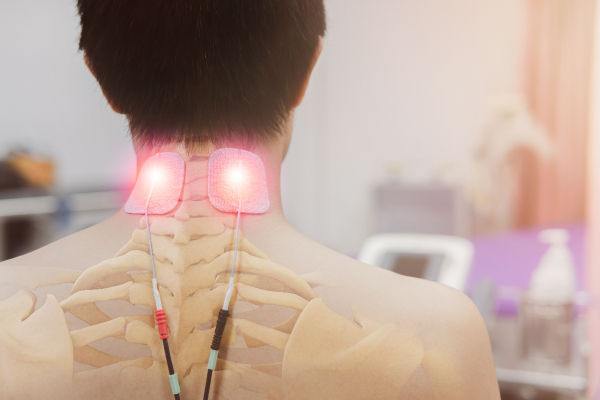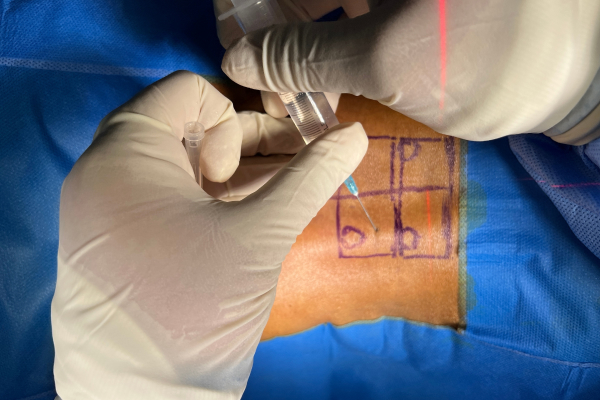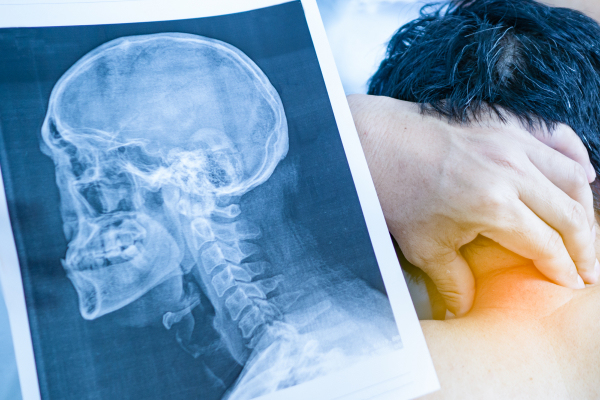Poor posture, whether induced by prolonged computer usage or a slouched position at a workbench, can strain the delicate neck muscles. Neck pain is the discomfort originating in the neck region, often accompanied by radiating pain down either one or both arms. This pain can stem from various disorders or diseases affecting neck tissues, bones, nerves, joints, muscles, or ligaments.
Neck pain manifests as radicular neck pain, shooting into adjacent areas like shoulders or arms, or axial neck pain, primarily felt in the neck. It may be acute, lasting from a few days to six weeks, or chronic, persisting for over three months. Left unaddressed, neck pain can significantly impede daily activities and diminish overall quality of life.
Thankfully, the majority of neck pain cases are non-threatening and respond well to conservative treatments, such as prescribed pain management, targeted exercises, and effective stress management techniques. However, in rare instances, neck pain could signal a more serious underlying condition. Seeking prompt medical attention from a spine specialist is crucial if experiencing neck pain accompanied by numbness or weakness in the arms or hands or if the pain radiates into the shoulder or down an arm.
